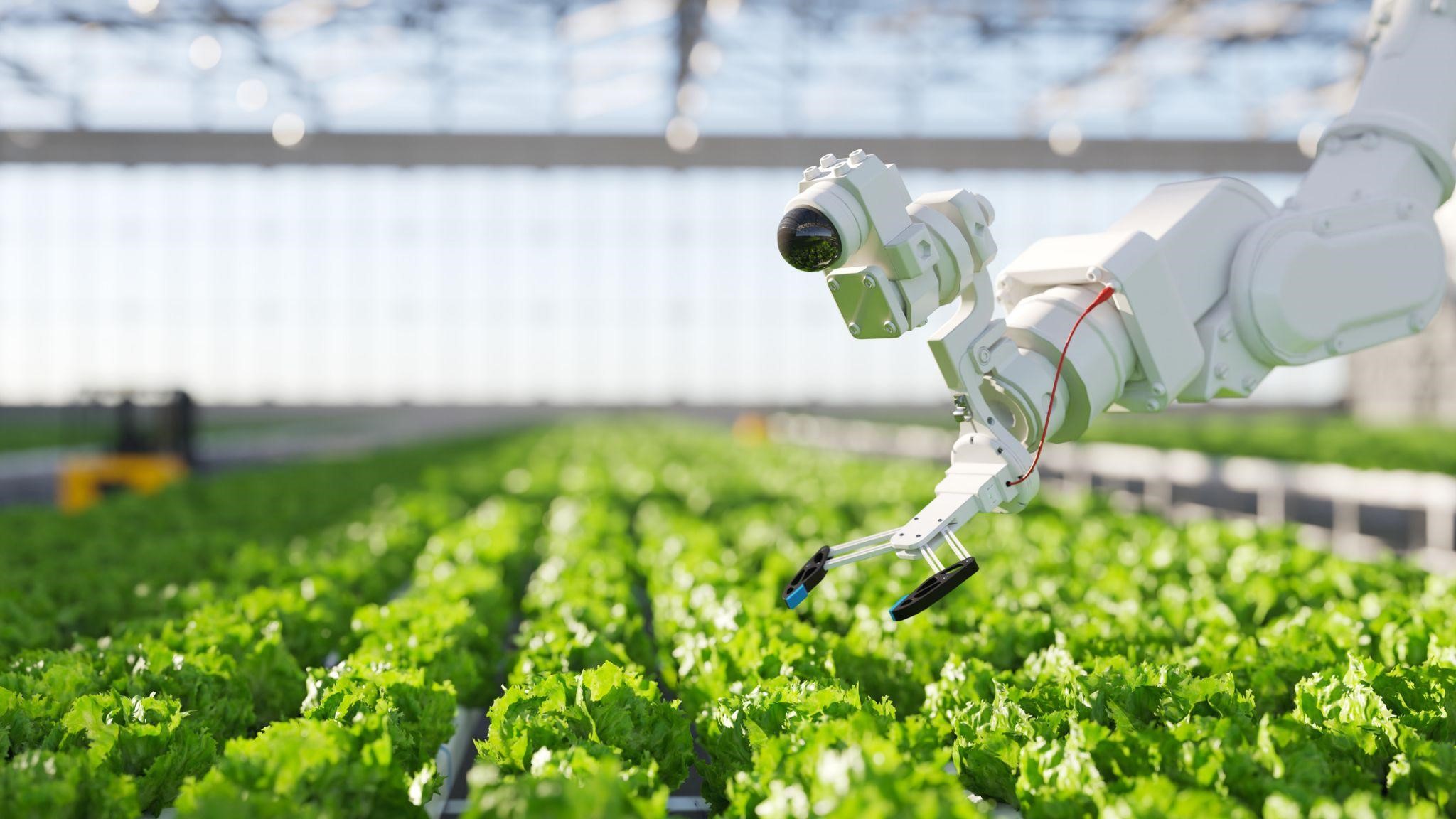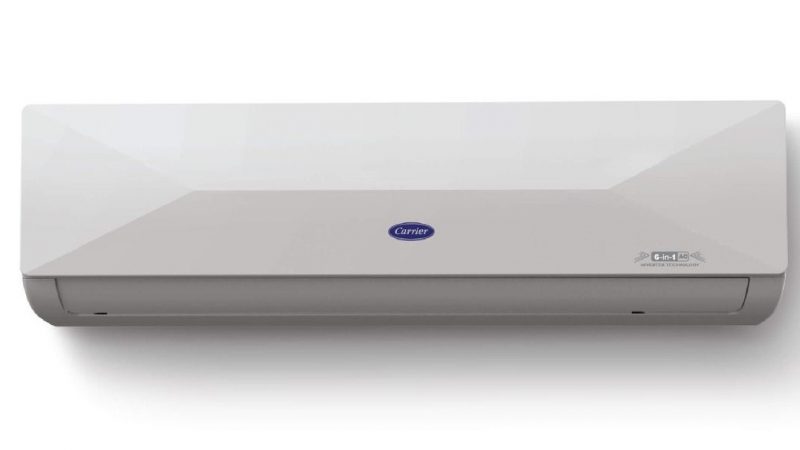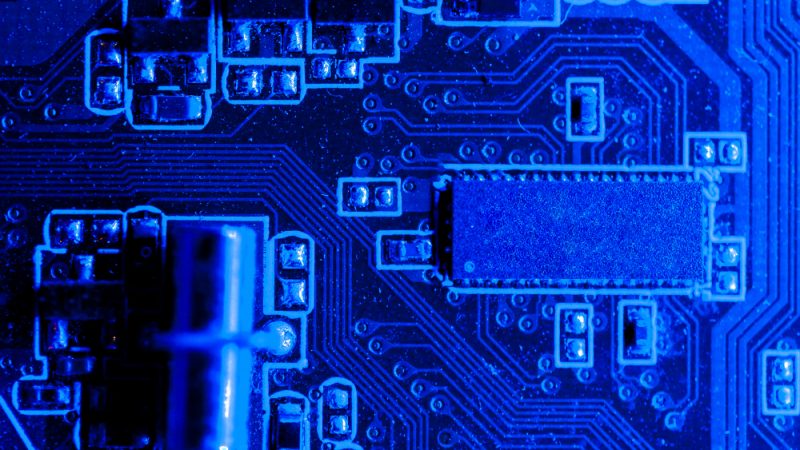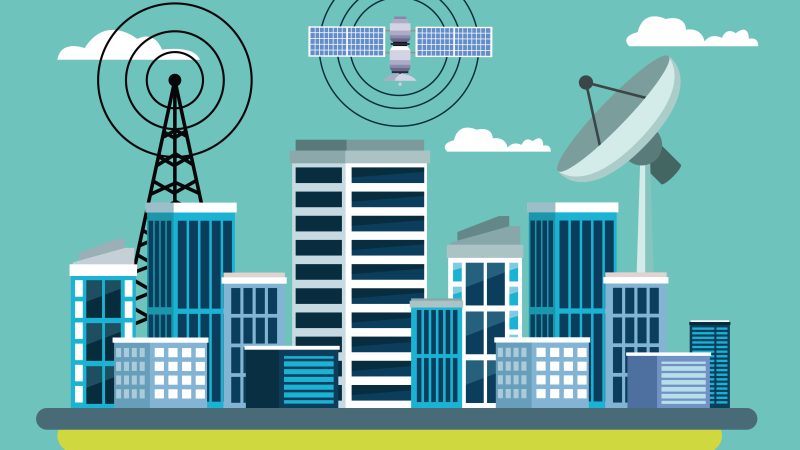Biodegradable Electronics in Agriculture: Sustainable Solutions for Monitoring and Data Collection

Introduction
Biodegradable electronic components are made from unique materials. These materials can naturally degrade over time. By adding environmentally friendly components, like organic polymers and biodegradable substrates, these devices can slowly degrade into harmless compounds. This happens through fascinating natural processes. These technologies have a hidden life cycle. Also, it reduces their environmental impact and leaves no trace.
Biodegradable electronic components are made of cellulose, silk, or other non-toxic materials. They could help reduce toxic electronic waste. People currently discard this waste in landfills or burn it. They do this because recycling is hard or costly. These recyclable materials could revolutionize wearable computing. They could also change the Internet of Things (IoT).
They are also biocompatible and metabolizable. They could be used in many low-cost applications. These include eco-friendly sensors for open and closed settings, smart packaging, cameras, and data security hardware.
What are Biodegradable Electronic Components?
Biodegradable electronic components are electronic devices made from materials that spontaneously disintegrate over time. They use environmentally acceptable materials, such as organic polymers as well as biodegradable substrates. It can degrade into harmless chemicals through natural processes.
Biodegradable electronic components provide a sustainable alternative. They minimize the long-term harm of specific equipment to the environment. By reducing electronic waste, they contribute to the reduction of pollution, resource depletion, and the emission of harmful substances.
Choosing biodegradable electronic components encourages ethical consumption and production methods. This choice will result in a more sustainable future with less electrical waste. Biodegradable electronics have key features. These include biodegradable materials, eco-compatibility, good performance, flexible use, and controlled degradation.
Application of Biodegradable Electronic Components in Agriculture
The various applications of biodegradable electronic components in agriculture are given below:
- Soil Monitoring Sensors: These include the soil’s pH, its moisture, and its nutrient levels.
- pH Levels: Biodegradable electronics like sensors can be used to detect the pH levels of the soil. For this, the sensor is kept inside the soil, which monitors the pH level.
- Amount of moisture: Similarly, the biodegradable sensors detect the amount of moisture present in the soil. It also helps the farmers to ensure the water is present and reduces the waste of water. It ensures better production of crops.
- Presence of nutrients: The biodegradable sensors help to measure the percentage of nutrients. Nutrients like potassium, nitrogen, phosphorus, etc present in the soil. It ensures the better and healthy production of crops in the particular soil.
- Monitoring of plant health: The sensors which are attached to the plant help to monitor the temperature, and humidity as well. It also confirms the disease present in the plant. The sensors monitor in real time. They detect diseases early. This prevents crop loss and low crop production.
- Environmental factors: The sensors are biodegradable. They help monitor environmental factors like air quality, sunlight, rainfall, and wind speed. They provide useful data for growing specific crops.
Advantages of Biodegradable Electronics in Agriculture
- Biodegradable electronic components have a lower environmental impact. This is because they are easier to degrade.
- It causes no environmental pollution as such for electronic devices.
- In farming, smart biodegradable sensors are buried in the soil. They can give real-time data on moisture and nutrients.
- It helps to optimize irrigation and fertilization practices.
- It monitors soil quality and plant health.
Challenges and Limitations
There are several challenges and limitations to using biodegradable electronic components. Some of them are listed below:
- Performance and lifespan:
The main challenge of biodegradable electronics is degrading the devices prematurely due to temperature, rainfall, and sun exposure. These factors impact the performance and reliability of the device. So, the devices’ performance and lifespan decrease. This is due to these environmental factors. Discovering materials and methods that preserve function for a long time is important. They must degrade properly.
- Integration with Existing Farming Practices:
It is difficult for the farmers to adopt the new techniques for the production of crops. They find it difficult to quit the existing techniques of farming. So, it is one of the difficult challenges to keep the new trend. Hence, the training for farmers is necessary for their easy acceptance.
- Cost Consideration:
The biodegradable electronics components require a huge amount of cost for the manufacturing process. As a result, the selling price of biodegradable electronics is comparatively higher than that of traditional electronics.
Future Development
There needs to be several future developments in the sector of biodegradable electronic components for agriculture. Some of them are:
- Increase durability and functionality.
- The biodegradable electronic device should be made stronger so that it can withstand all environmental factors.
- Incorporation of sensor technology.
- Biodegradable sensor technology should incorporate all factors, like the amount of moisture, air quality, temperature, UV rays, etc, into one sensor device.
- Biodegradable electronics should enable a wireless connection to provide real-time information. Also, it provides remote monitoring services through IoT systems.
- Energy harvesting and self-powered systems.
- It uses renewable energy sources to run autonomously, eliminating the need for grid supply.
Conclusion
Biodegradable electronics are electronic devices constructed of materials that naturally degrade over time. They use environmentally friendly materials, such as organic polymers and biodegradable substrates, which can break down into harmless compounds through natural processes. Overall, biodegradable electronics for farming provide long-term solutions for soil. It monitors plant health, as well as environmental monitoring.
Farmers may increase output, reduce environmental impact, and encourage sustainable farming practices by utilizing biodegradable materials and modern sensor technologies. Biodegradable electronics can help reduce e-waste while also promoting sustainable usage. Biodegradable sensors in agriculture improve soil quality and plant health.






